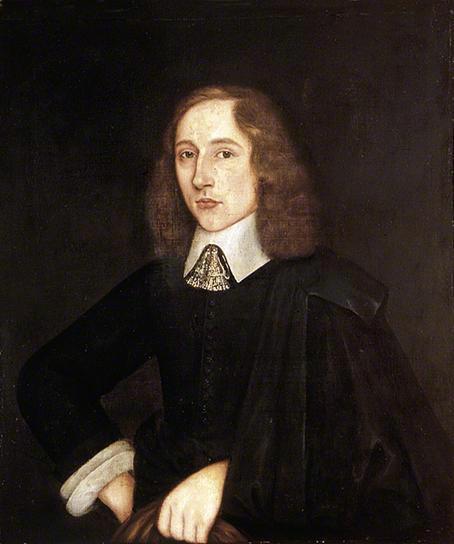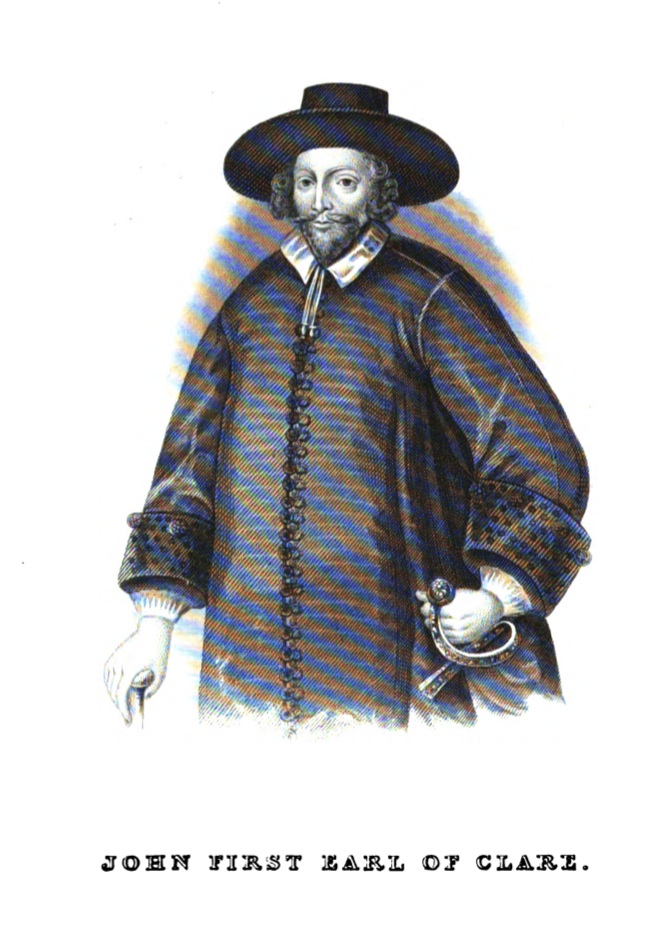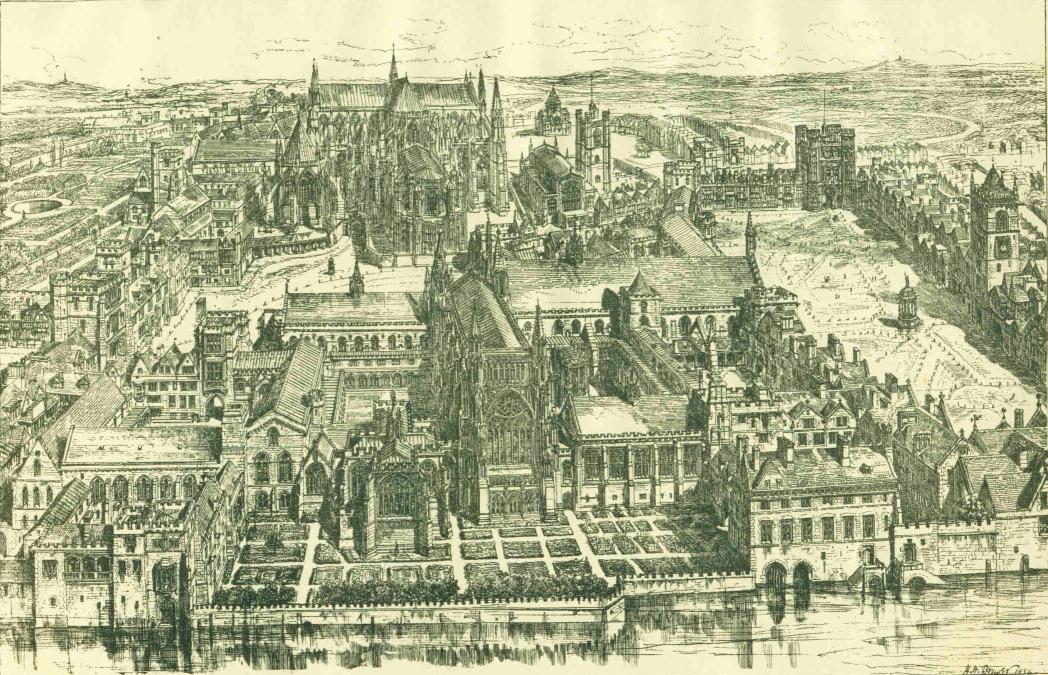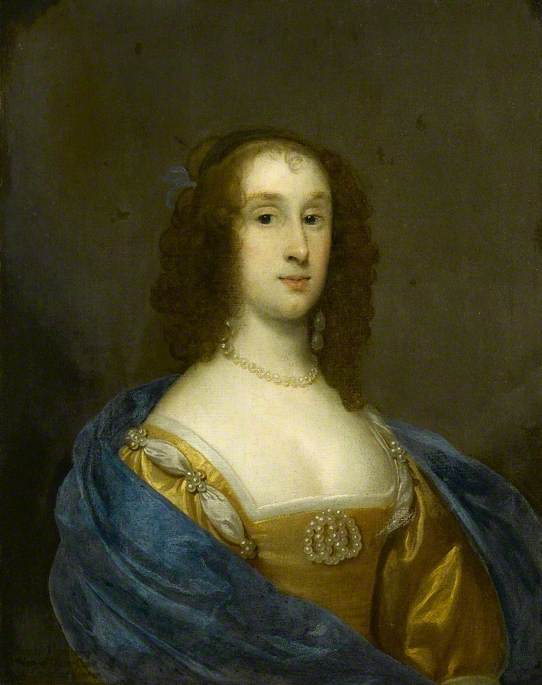|
Alderman John Fowke
John Fowke (c. 1596 – 22 April 1662) was an English merchant and politician. He served as a Sheriff of London for 1644 and Lord Mayor of London for 1652. He was the Member of Parliament for City of London in 1661–1662. Early life He was the third son of William Fowke of Tewkesbury, Gloucestershire, by his wife, Alice Carr of Newcastle-under-Lyme, Staffordshire. Coming to London, he rose to be one of its leading merchants. He was a member of the Haberdashers' Company, and an alderman. Conflict with the king In 1627 Fowke, after the vote and declaration of the House of Commons against paying tonnage and poundage, persistently refused to pay. He had goods seized to the value of £5,827. In August 1627 and January 1628, for attempting to obtain legal redress, he was imprisoned and lost more merchandise. In the following February he was prosecuted by the Star Chamber for 'pretended riot and seditious words' used by him to the officers sent to execute the replevin. About the sa ... [...More Info...] [...Related Items...] OR: [Wikipedia] [Google] [Baidu] |
Sheriff Of London
Two Sheriffs of the City of London are elected annually by the members of the City livery companies. Today's Sheriffs have only ceremonial duties, but the historical officeholders held important judicial responsibilities. They have attended the justices at the Central Criminal Court, Old Bailey, since its original role as the court for the City and Middlesex. The Sheriffs reside at the Old Bailey during their year of service, so that one of them can always be attendant on the judges. In Court No. 1 the bench's principal chairs are reserved for their and the Lord Mayor's use, with the Sword of the City hanging behind the bench. It is an invariable custom that the Lord Mayor of London must previously have served as Sheriff. To become a Sheriff, one must be lawfully entitled to armorial bearings by proving their right by descent, whilst those not armigerous by birth can apply for a grant from the College of Arms to run for office. By "custom of immemorial usage in the City" ... [...More Info...] [...Related Items...] OR: [Wikipedia] [Google] [Baidu] |
Denzil Holles, 1st Baron Holles
Denzil Holles, 1st Baron Holles, (31 October 1598 – 17 February 1680) was an English statesman, best remembered as one of the Five Members whose attempted arrest by Charles I in January 1642 sparked the First English Civil War. When fighting began in August, Holles raised a Parliamentarian regiment which fought at Edgehill before it was nearly destroyed at Brentford in November 1642. This marked the end of Holles' military career and he became leader of the Parliamentarian 'Peace Party', those who favoured a negotiated settlement with the king. A social conservative from a wealthy family, he came to see political radicals like the Levellers and religious Independents like Oliver Cromwell as more dangerous than the Royalists. Following victory in the First English Civil War, he led those who opposed Cromwell and his supporters, and was one of the Eleven Members suspended in June 1647. Recalled prior to the Second English Civil War in June 1648, he was excluded again by ... [...More Info...] [...Related Items...] OR: [Wikipedia] [Google] [Baidu] |
Woodford Bridge
Woodford Bridge is part of the East London suburb of Woodford, in the London Borough of Redbridge. It is located on an old road between Chigwell and Leytonstone. Notable features Its notable features include St Paul's Church, Woodford Bridge. There is a small Primary School and Nursery, Roding Primary School. There are also local amenities, including supermarkets, restaurants and cafe’s. St. Pauls Church offers a variety of services and a nearby lake located 100 metres to the right. Transportation Woodford Bridge is served by London Buses routes 275 and W12. The 275 connects to Barkingside, Woodford Station (Central Line), Woodford Green, Highams Park and Walthamstow. The W12 connects to South Woodford tube station, Snaresbrook, Wanstead, Leytonstone, Whipps Cross and Walthamstow Walthamstow ( or ) is a town within the London Borough of Waltham Forest in east London. The town borders Chingford to the north, Snaresbrook and South Woodford to the east, Ley ... [...More Info...] [...Related Items...] OR: [Wikipedia] [Google] [Baidu] |
Barking, London
Barking is a riverside town in East London, England, within the London Borough of Barking and Dagenham. It is east of Charing Cross. The total population of Barking was 59,068 at the 2011 census.If defined as the Abbey, Eastbury, Gascoigne, Longbridge, and Thames Wards and electoral divisions of the United Kingdom, electoral wards of Barking & Dagenham Council In addition to an extensive and fairly low-density residential area, the town centre forms a large retail and commercial district, currently a focus for regeneration. The former industrial lands to the south are being redeveloped as Barking Riverside. Historically, Barking was an ancient parish that straddled the River Roding in the Becontree Hundred and Historic Counties of England, historic county of Essex. It underwent a shift from fishing and farming to market gardening and industrial development on the River Thames. Barking railway station opened in 1854 and has been served by the London Underground since 1908. As p ... [...More Info...] [...Related Items...] OR: [Wikipedia] [Google] [Baidu] |
Henry Scobell
Henry Scobell (baptised 1610; died 1660) was an English Parliamentary official, and editor of official publications. He was clerk to the Long Parliament, and wrote on parliamentary procedure and precedents. Life Initially under-clerk of the parliaments, Scobell became Clerk of the House of Commons from 5 January 1649, his predecessor Henry Elsynge having resigned. Scobell also held a position as censor of publications, and then was Clerk of the Parliaments for life with effect from 14 May 1649. He was the first editor, from 9 October 1649, of ''Severall Proceedings in Parliament'', an early official newspaper, and the second of Parliament's publications. In the Rump Parliament, Scobell found himself in the middle of the clashes leading to its dissolution in 1653. He remained Clerk to Barebone's Parliament. From 1655 Scobell became Clerk to the Council of State A council of state is a governmental body in a country, or a subdivision of a country, with a function tha ... [...More Info...] [...Related Items...] OR: [Wikipedia] [Google] [Baidu] |
English Restoration
The Stuart Restoration was the reinstatement in May 1660 of the Stuart monarchy in Kingdom of England, England, Kingdom of Scotland, Scotland, and Kingdom of Ireland, Ireland. It replaced the Commonwealth of England, established in January 1649 after the execution of Charles I, with his son Charles II of England, Charles II. The Commonwealth of England had been governed by Lord Protector Oliver Cromwell and then his son Richard Cromwell. The term is also used to describe the reign of Charles II (1660–1685), and sometimes that of his younger brother King James II, James II (1685–1688). The Protectorate After Richard Cromwell, Lord Protector from 1658 to 1659, ceded power to the Rump Parliament, Charles Fleetwood and John Lambert (general), John Lambert then dominated government for a year. On 20 October 1659, George Monck, the governor of Scotland under the Cromwells, marched south with his army from Scotland to oppose Fleetwood and Lambert. Lambert's a ... [...More Info...] [...Related Items...] OR: [Wikipedia] [Google] [Baidu] |
George Monck
George Monck, 1st Duke of Albemarle (6 December 1608 3 January 1670) was an English military officer and politician who fought on both sides during the Wars of the Three Kingdoms. A prominent military figure under the Commonwealth, his support was crucial to the 1660 Stuart Restoration of Charles II. Monck began his military career in 1625 and served in the Eighty Years' War until 1638, when he returned to England. Posted to Ireland as part of the army sent to suppress the Irish Rebellion of 1641, he quickly gained a reputation for efficiency and ruthlessness. After Charles I agreed to a truce with the Catholic Confederacy in September 1643, he was captured fighting for the Royalists at Nantwich in January 1644 and remained a prisoner for the next two years. Released in 1647, he was named Parliamentarian commander in Eastern Ulster, fought in Scotland under Oliver Cromwell in the 1650 to 1652 Anglo-Scottish War, and served as General at sea during the 1652 to 1654 First ... [...More Info...] [...Related Items...] OR: [Wikipedia] [Google] [Baidu] |
Charles Fleetwood
Charles Fleetwood ( 1618 – 4 October 1692) was an English lawyer from Northamptonshire, who served with the Parliamentarian army during the Wars of the Three Kingdoms. A close associate of Oliver Cromwell, to whom he was related by marriage, Fleetwood held a number of senior political and administrative posts under the Commonwealth, including Lord Deputy of Ireland from 1652 to 1655. After Cromwell's death in September 1658, Fleetwood initially supported his son Richard Cromwell as Lord Protector, before forcing him from power in April 1659. Together with John Lambert, he dominated government for a little over a year before being outmaneuvered by George Monck. Following the Stuart Restoration, Fleetwood was excluded from the Act of Indemnity of 1660, but escaped prosecution since he had not been involved in the Execution of Charles I in January 1649. Instead, he was barred from public office, and lived quietly in Stoke Newington, where he died on 4 October 1692. Early ... [...More Info...] [...Related Items...] OR: [Wikipedia] [Google] [Baidu] |
Waltham Forest
The London Borough of Waltham Forest () is an outer London borough formed in 1965 from the merger of the municipal boroughs of Leyton, Walthamstow and Chingford. The borough's administrative headquarters are at Waltham Forest Town Hall, which before the merger of the boroughs, was called Walthamstow Town Hall. The population was 278,428 at the 2021 census. Waltham Forest borders five other London boroughs: Enfield to the north-west, Haringey to the west, Hackney to the south-west, Newham to the south-east and Redbridge to the east, as well as the non-metropolitan county of Essex to the north. The borough takes its name from the former Waltham Forest – an institution which managed deer in south-west Essex. Epping Forest is a remainder of the former Waltham Forest and forms the eastern and northern fringe of the borough. The River Lea lies to the west where its associated marshes and parkland form a green corridor which, along the reservoir-lined reaches, separates no ... [...More Info...] [...Related Items...] OR: [Wikipedia] [Google] [Baidu] |
Ashleworth
Ashleworth (sometimes formerly spelled ‘Ashelworth’) is a village and civil parish in the Tewkesbury (district), Tewkesbury district of Gloucestershire, England, with a population of 614 (United Kingdom Census 2021), about six miles north of Gloucester. It has a riverside pub, the Boat Inn. The oldest part of the village is Ashleworth Quay, on a flood plain on the west bank of the River Severn. History The origins of the settlement go back at least to the Roman occupation; in recent years a number of Romano-British culture, Romano-British artefacts have been excavated in the area around the Quay dating from A.D.69 to A.D.390. An ancient ferry, which used to link Ashleworth Quay to Sandhurst village on the east bank of the river closed in the 1950s. In medieval times the Quay was a major crossing point for the river as the flood meadows here are narrower than they are for many miles upstream. Consequently, Ashleworth would have been the last place from which to cross before ... [...More Info...] [...Related Items...] OR: [Wikipedia] [Google] [Baidu] |





